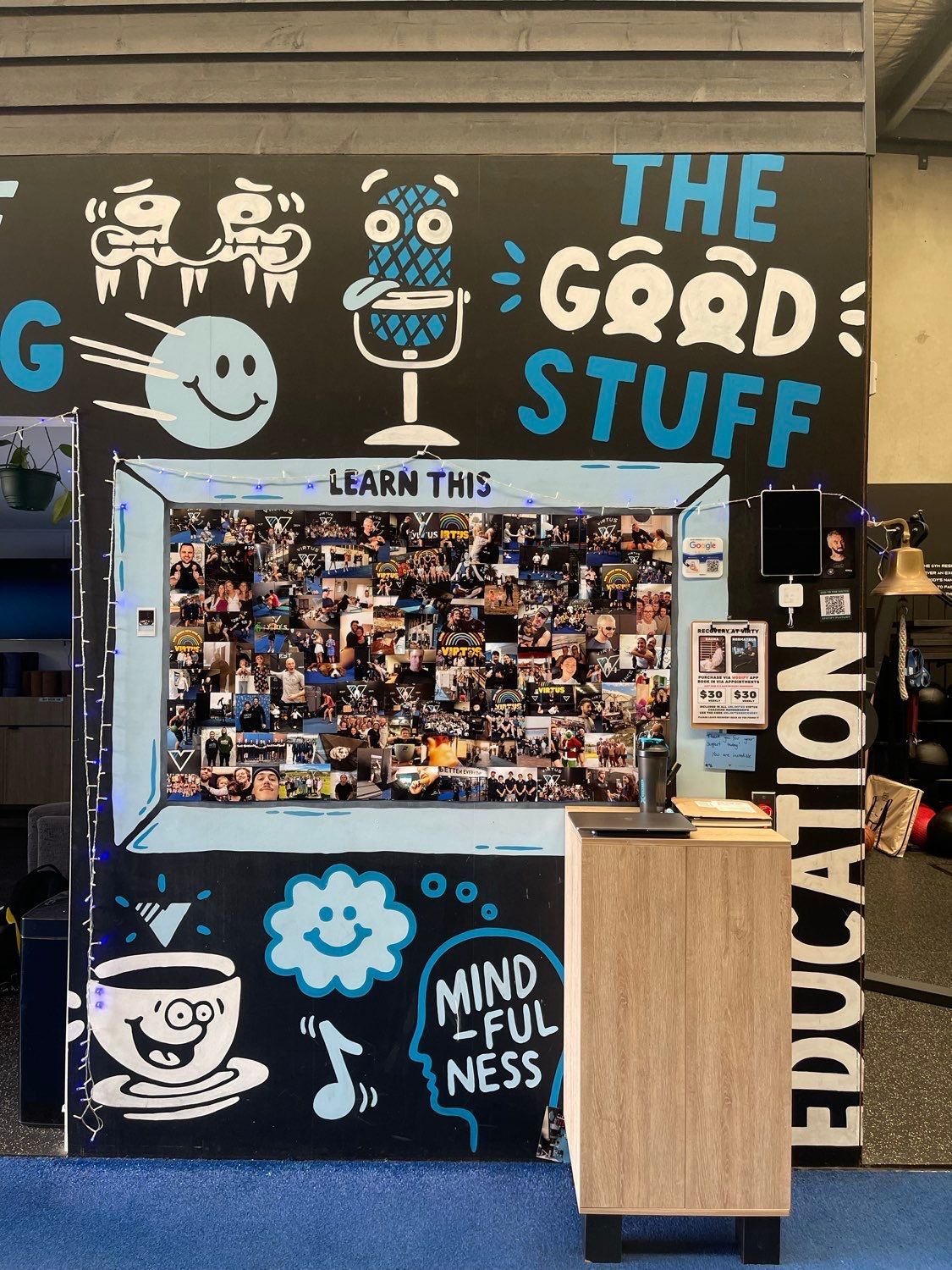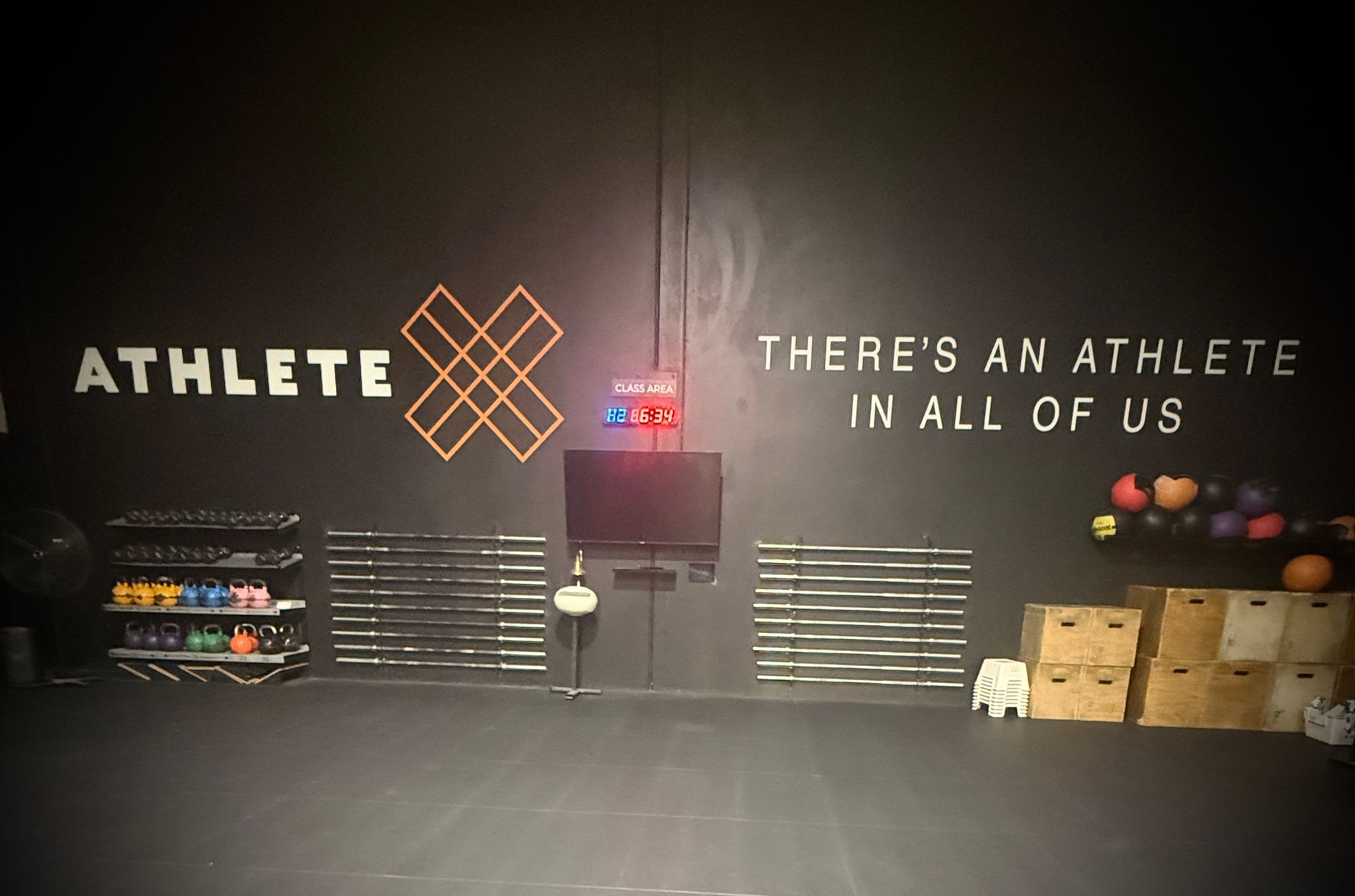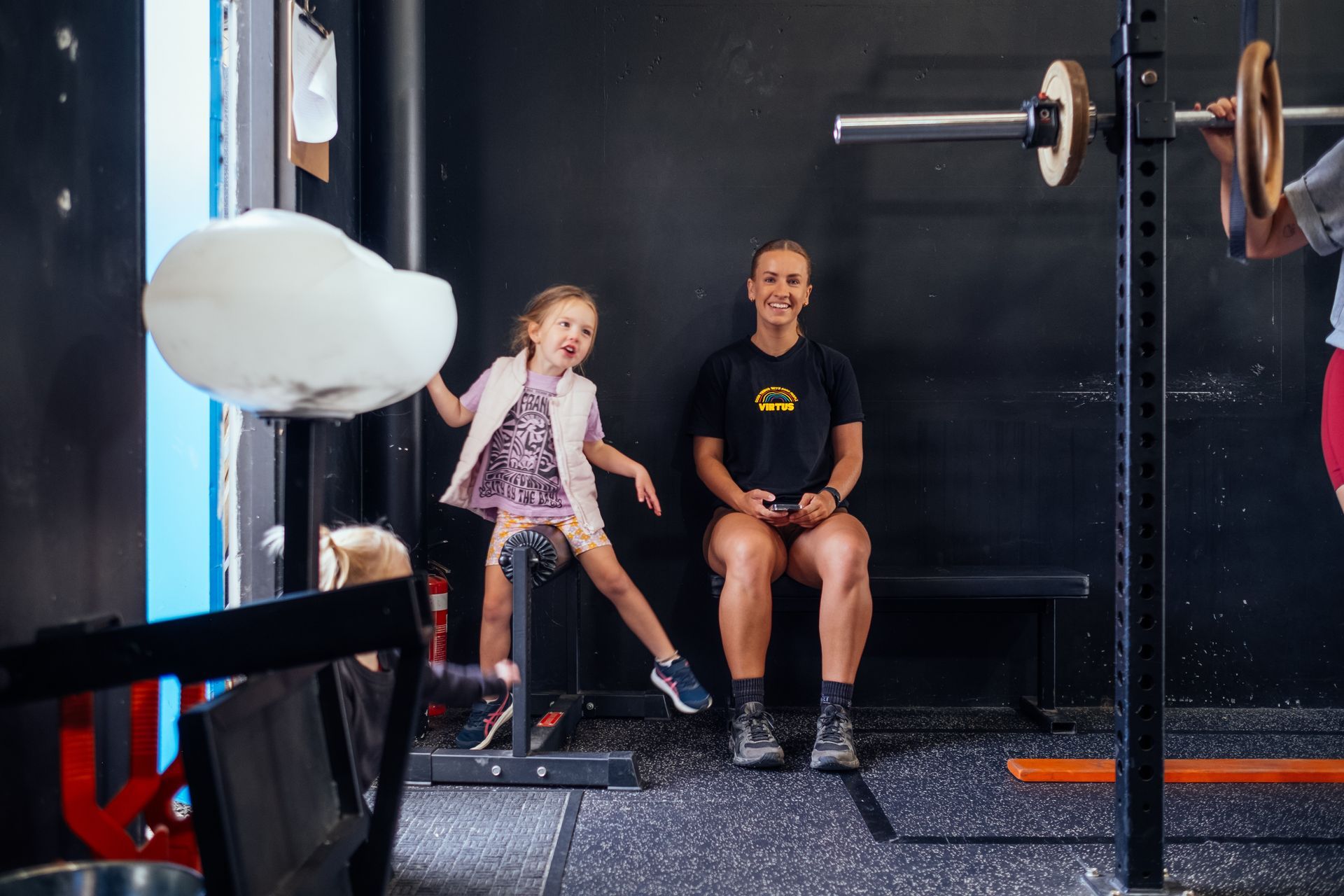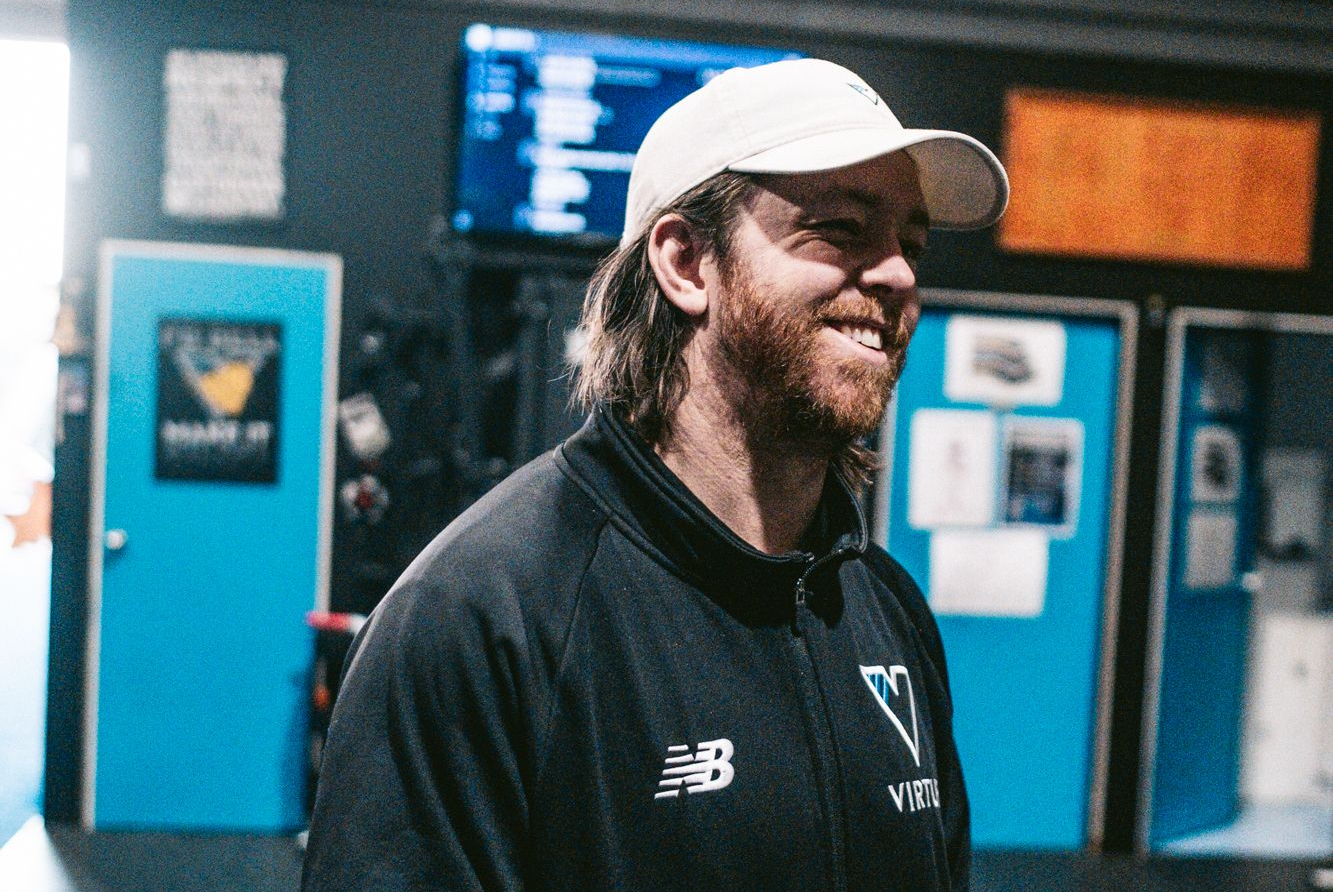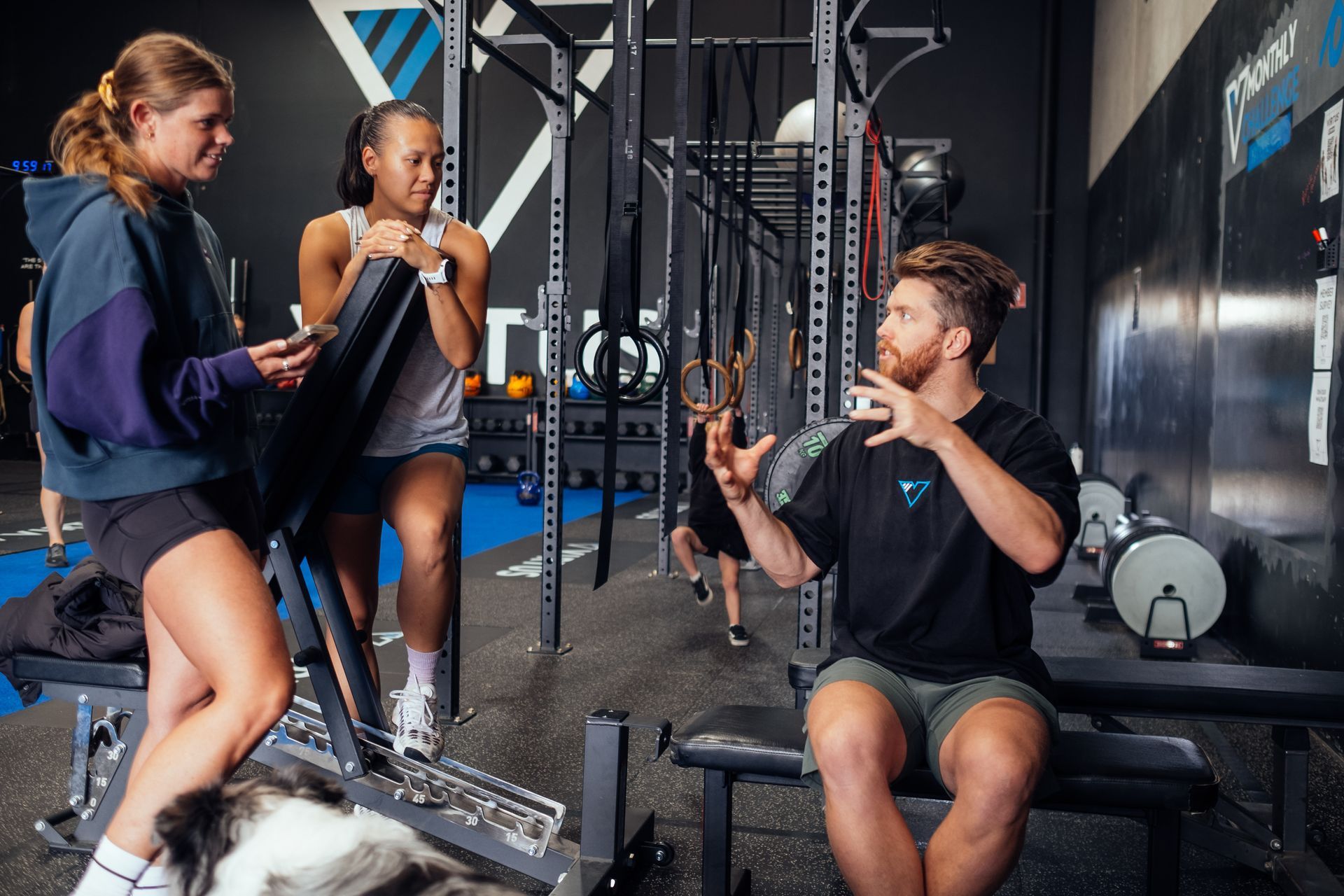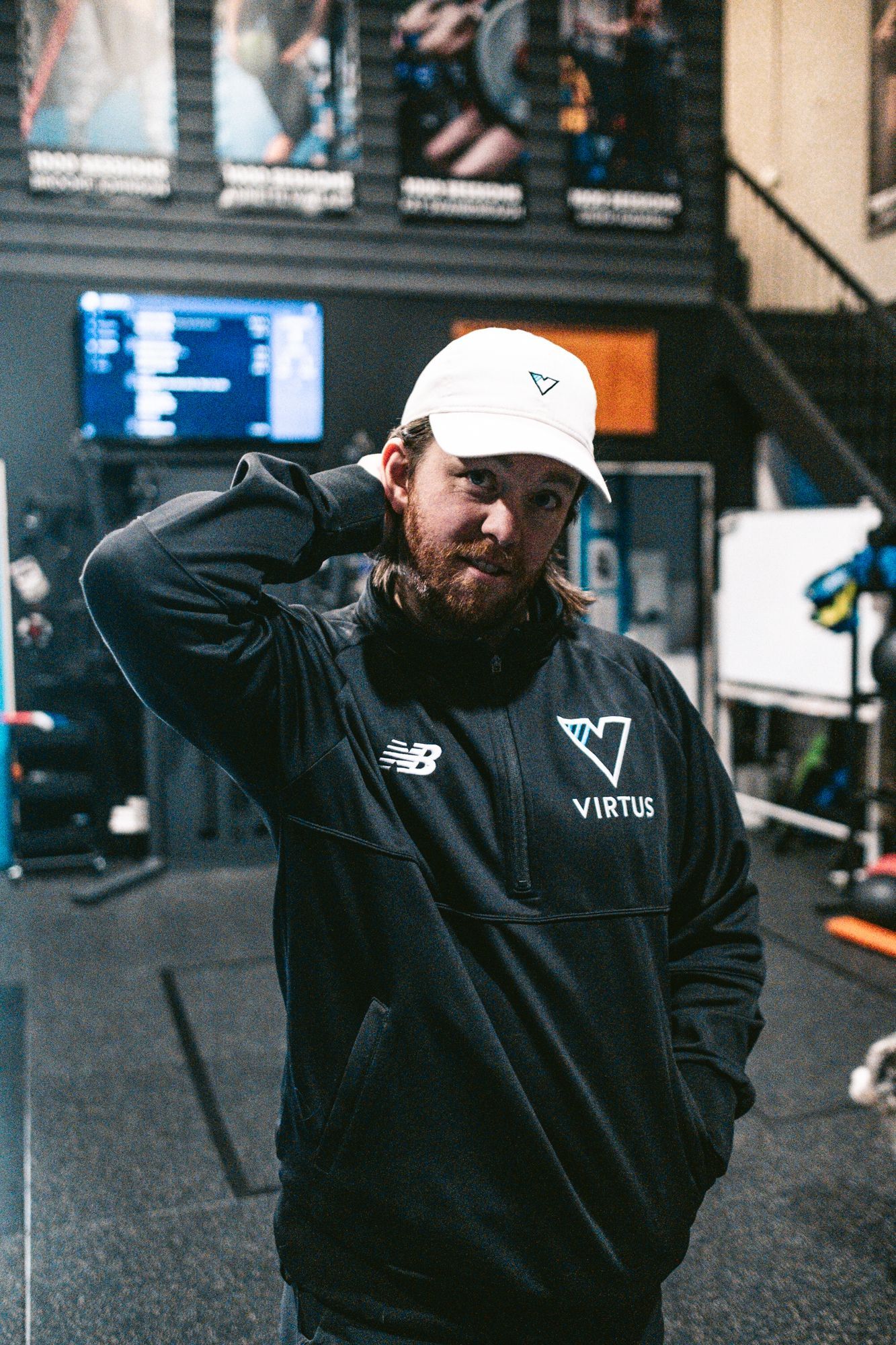The Forgotten Training Variable – Tempo
When we?re training, there?s nothing better than putting more weight on the bar and maxing out. However, I think one of the most underrated and underused training variables is manipulating tempo . Sometimes we become accustomed to adding load, taking away reps or vice versa to manipulate our training volume.
The principle of progression states that for exercise and training to produce consistent, long-term results, the intensity of such should gradually become more difficult to generate an effective overload. Progression should be incremental to coax the nervous system to accept these adaptations and avoid adverse overload.
The What
Tempo refers to the timing of which each rep is performed at. A repetition is comprised of three distinct phases relating to muscle action:
Eccentric ? The muscle is lengthening while contracting and creating tension
Isometric ? The muscle is developing tension and contracting but no joint movement occurs.
Concentric ? The muscle is shortening to generate the force required to overcome resistance.
When looking at the tempo of a repetition, for example , let?s take a front squat and the tempo of ?5311?.
The ?5? refers to the eccentric portion of the rep, so, the lowering to the bottom of a squat.
The ?3? refers to the isometric portion of the rep, so, a pause at the bottom of the squat.
The ?1? refers to the concentric portion of the rep, so, the rising out of the bottom of the squat
The finale ?1? refers to reset time at the top of the repetition before the next repetition.
Note ? Tempo is always written this form; Eccentric, Isometric, Concentric, Pause at Top. BUT , not all exercises start with an eccentric muscle contraction. For example, a deadlift and a chin up both start with a concentric muscle contraction.
So, in the above example for the front squat, a 5sec eccentric, 3sec pause, 1sec concentric and 1sec at top (5311), would be written as 1sec concentric, 3sec at top, 5sec eccentric and 1sec reset for a deadlift (1351) under the same parameters.
The When and Why
Personally, I?ve used tempo training with beginners and with advanced , both with positive results. There is a strong learning effect with tempo training due to the ?finding and feeling? of different positions of the lift.
Tempo training has the following benefits :
? Improve body awareness
? Improve control, stability and technique of a lift
? Greater time under tension for muscle hypertrophy
? Training variation to break through plateaus.
I highly recommend that you use a metronome at 60 beats per minute (1 beat per second) while completing tempo training to ensure that you are following the allocated load. There is a good chance you will speed up your reps towards the back end of a set, especially if your coach gives you front squats with a tempo of 8311? (I have never done this? I swear?).
The How
The tempo of a lift will dictate the overall training effect of a set.
Generally speaking, these are the timings I use when programming tempo training for a specific training effect:
? Power ? 2020
? Strength ? 2121
? Hypertrophy ? 4221
Common timings I use in my programming to break through plateaus and for teaching new lifts include:
? 10 Down, 1 Pause, 10 Up (101101)
? 8311
? 5351
? 5511
? 5311
? 3331
? 3311
Note ? These are for movements that start with the eccentric phase, i.e. a front squat. See note above to be able to translate these into exercises that start with the concentric phase, i.e. a deadlift.
What Now
Using tempo in your programming is an extremely valuable tool which is commonly overlooked. Tempo can be used with beginners, athletes, weekend warriors or advanced and experienced resistance trained individuals. Manipulating your tempo gives you a greater control of your programming and can increase likelihood of achieving the results you are striving for.

Recent Blog Posts
